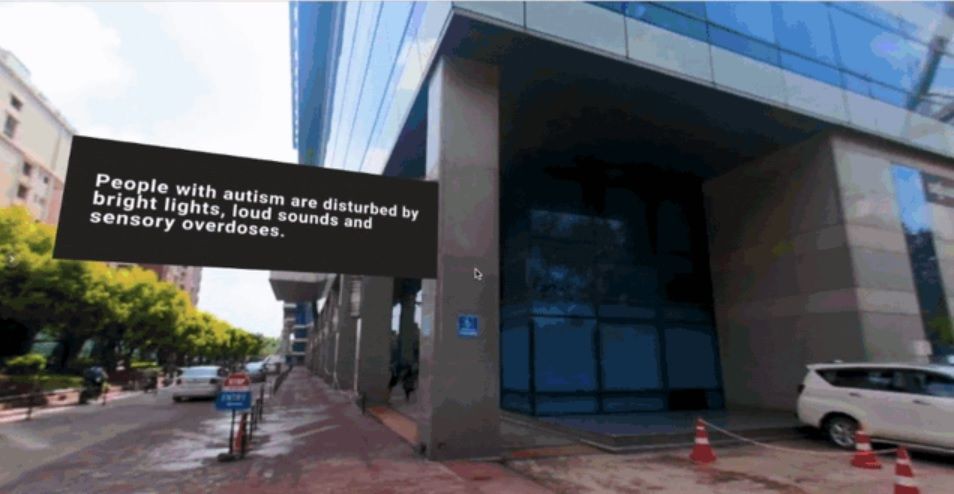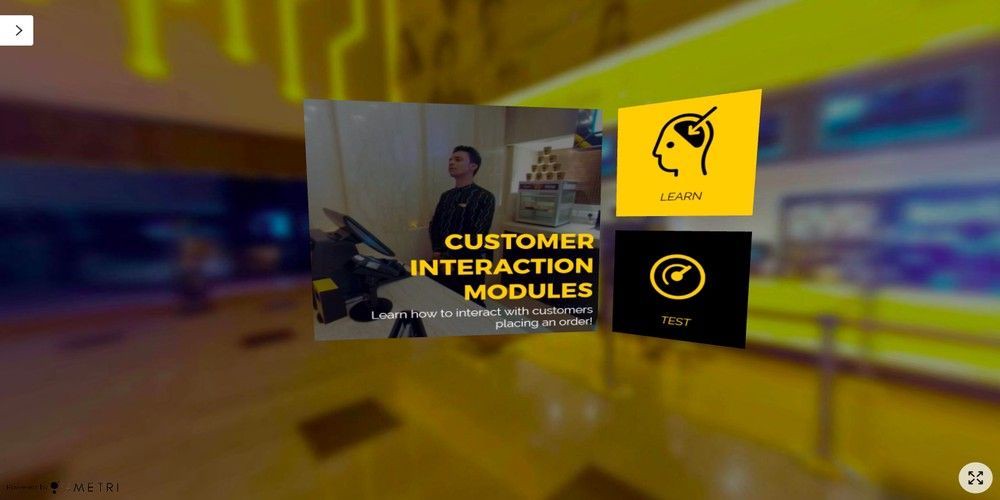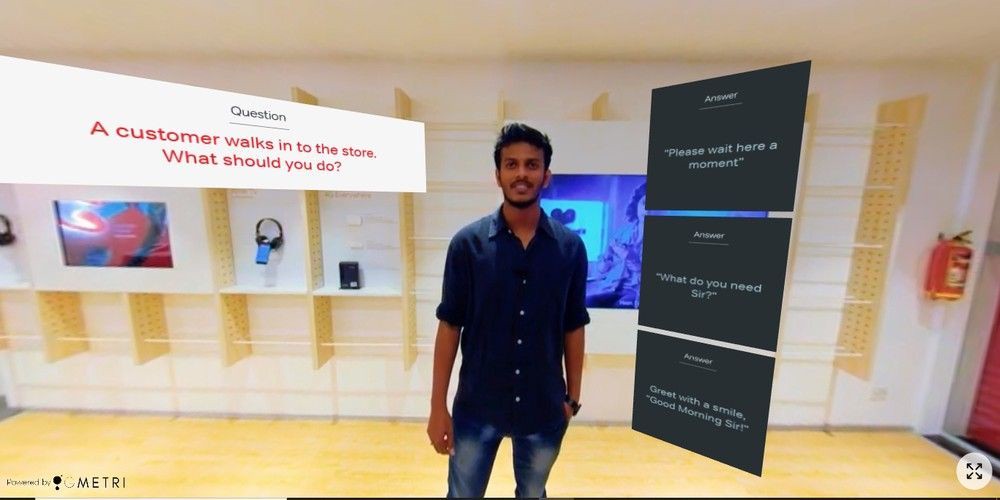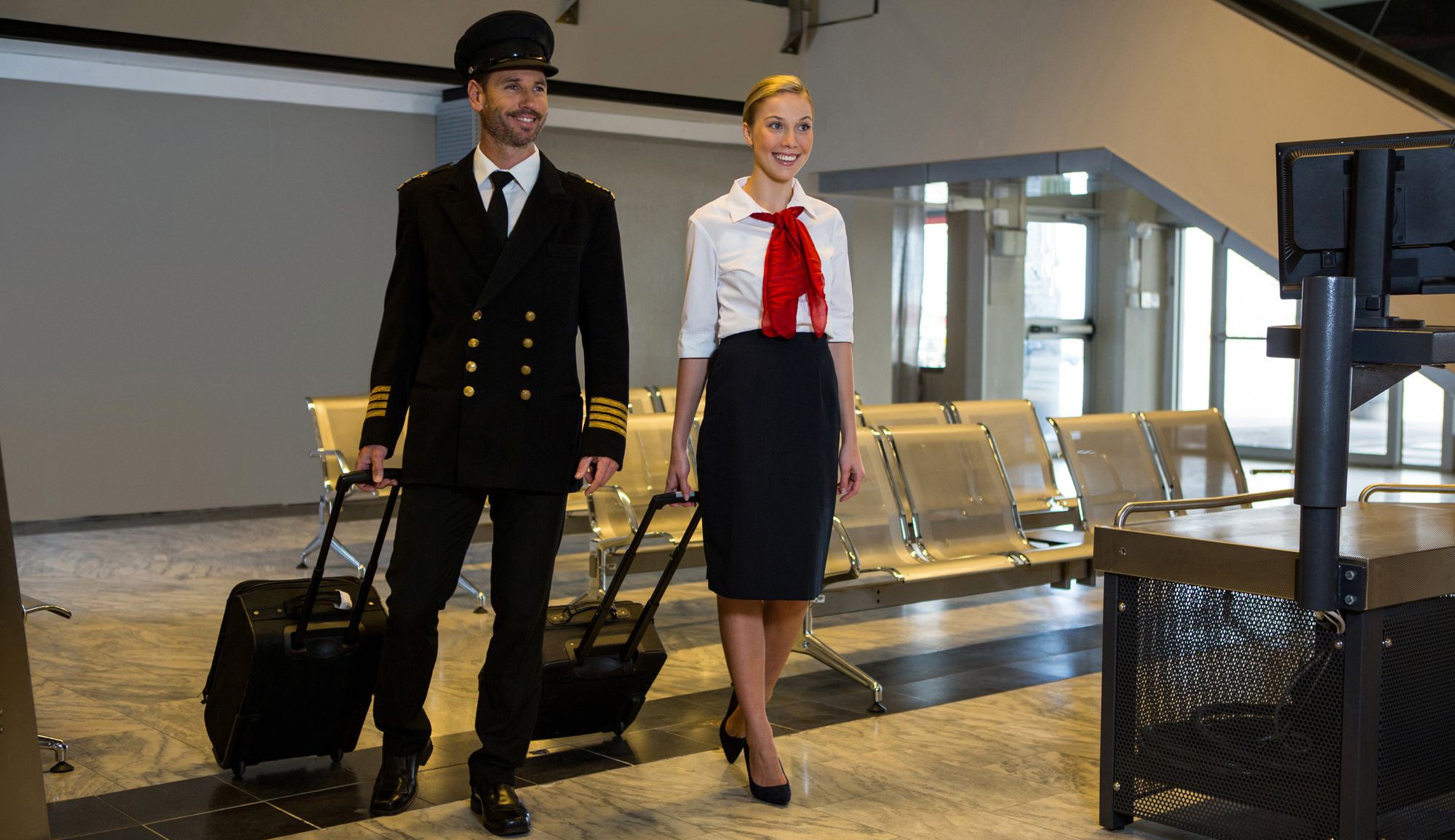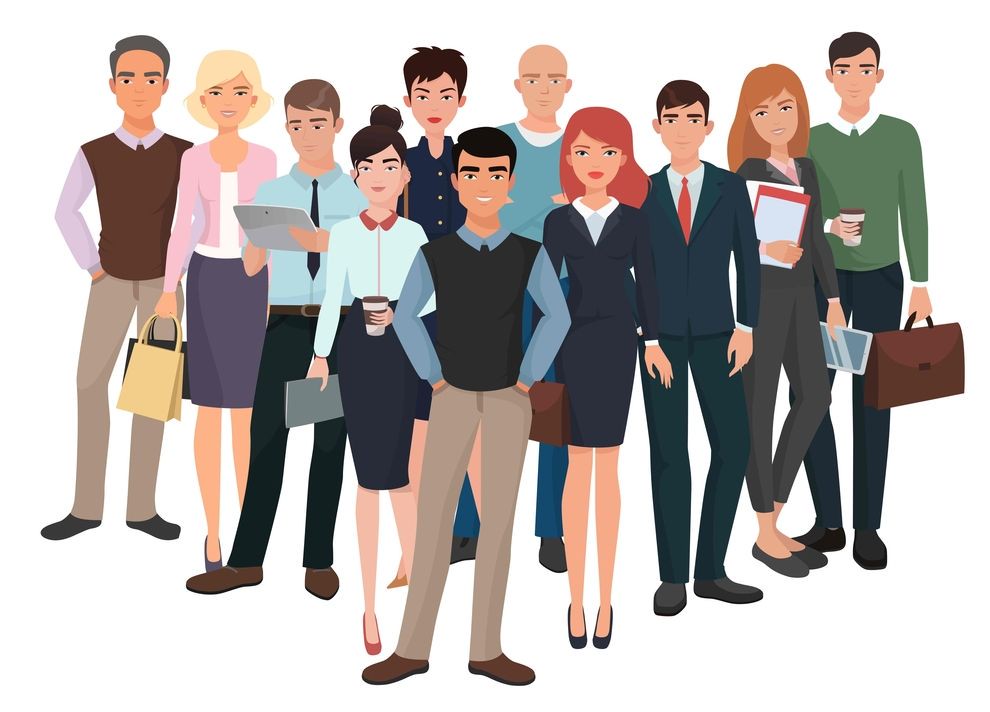What is it like to walk in someone else's shoes? Books allow us to imagine it, and movies allow us to see it, but VR is the first medium that actually allows us to experience it. - Nick Mokey, "We Have Virtual Reality. What's Next Is Straight Out Of The Matrix", Digital Trends, December 19, 2016
To experience a situation yourself is the only way to truly understand it. Virtual Reality (VR) has been increasingly referred to as the “ultimate empathy machine” since it allows users to experience any situation from any point of view and that too immersively. Inducing empathy has traditionally been done with perspective exercises. Stanford University recently conducted a study to establish the efficacy of virtual reality as compared to traditional methods in order to elicit empathy for the homeless (Link). Results show that participants who performed any type of perspective-taking task reported feeling more empathetic and connected to the homeless than the participants who only received information. There was no difference in self-report measures for any of the perspective-taking conditions, however, a significantly higher number of participants in the VR condition signed a petition supporting affordable housing for the homeless compared to the traditional and less immersive conditions. The action of signing a petition for the homeless precipitated by the information is key, because that is the only reliable indicator of a change in perspective.
GMetri is used by a number of leading organisations for creating XR, or eXtended Reality content designed to leverage the power of virtual reality to elicit empathy. Some of the experiences warm our hearts and validate the good the tool can do. We have seen content addressing hearing disabilities, dyslexia, dysgraphia, dyscalculia, auditory processing disorder, mobility impairments and autism. In this post, we talk about an experience for making people live through the daily life of a coworker with autism.
Most employees are aware of the overarching information about the disease, however, they lack the know-how to modulate their conduct with a fellow coworker living with this disability. Some of the most effective experiences include contextual information to help prepare viewers. This is followed by a first person view to simulate how a person with a disability, might think, or feel in certain circumstances.
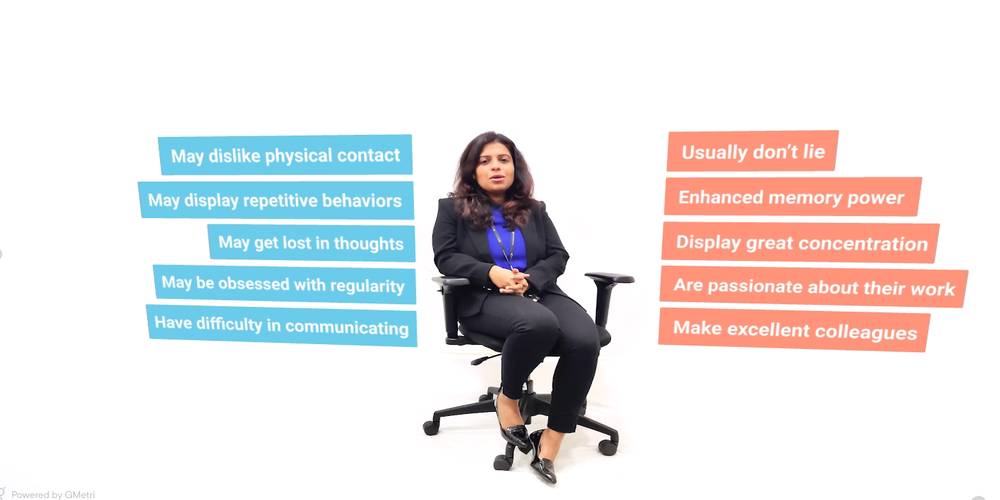
In Focus: Autism Awareness through VR
To be aware of the information, is not the same as being able to empathize with it. In order to enable people to experience the world through the eyes of a colleague suffering autism, the creators of this experience use several techniques stemming from visual and acoustic stimuli to simulate the feeling. This goes a long way to convey how employees can ensure that they are creating a friendly environment for all.
From a story-boarding perspective, this experience by GMetri - the Virtual Reality Company includes several situations throughout the day, like an interaction in the manager’s office, respecting personal space in the lobby, or a crowded elevator, and the need for order in their workstation. It takes the viewer through the challenges a person with autism can face in addition to the tips to address them as well-meaning colleagues.
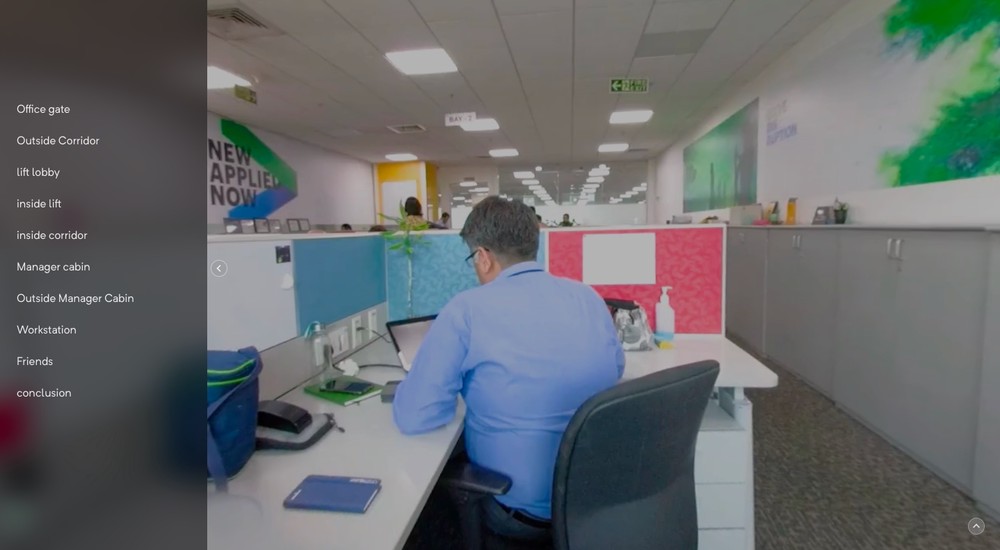
Have a look at a scene depicting bright lights and loud sounds, that can be disorienting for a person with autism. Colleagues can ensure that their desks are far from glaring lights, active lobbies or windows.
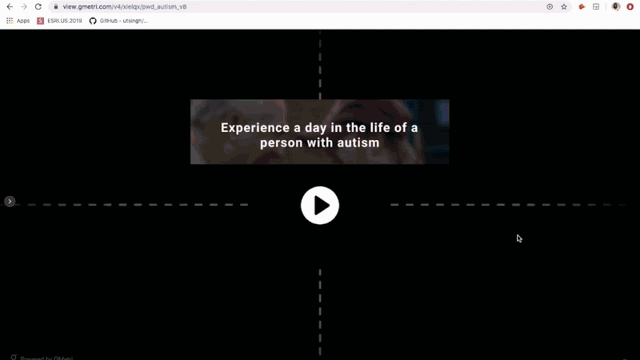
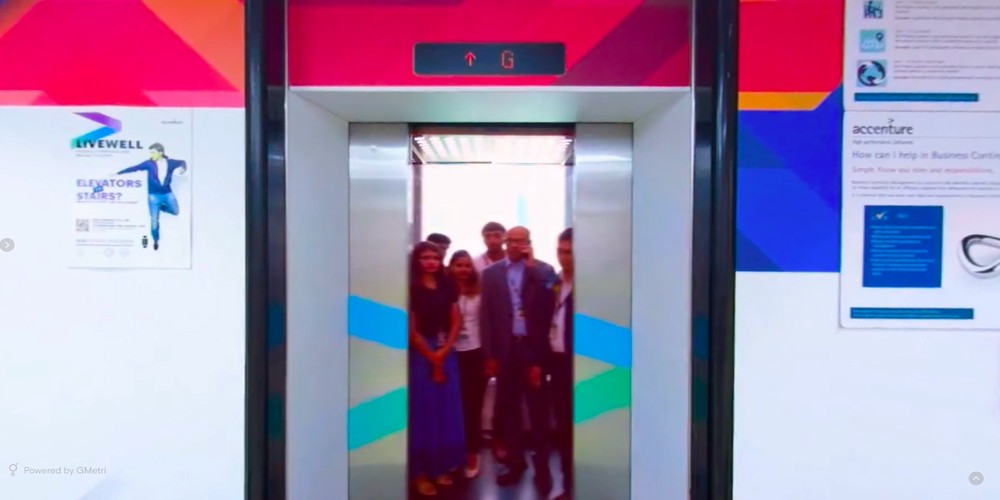
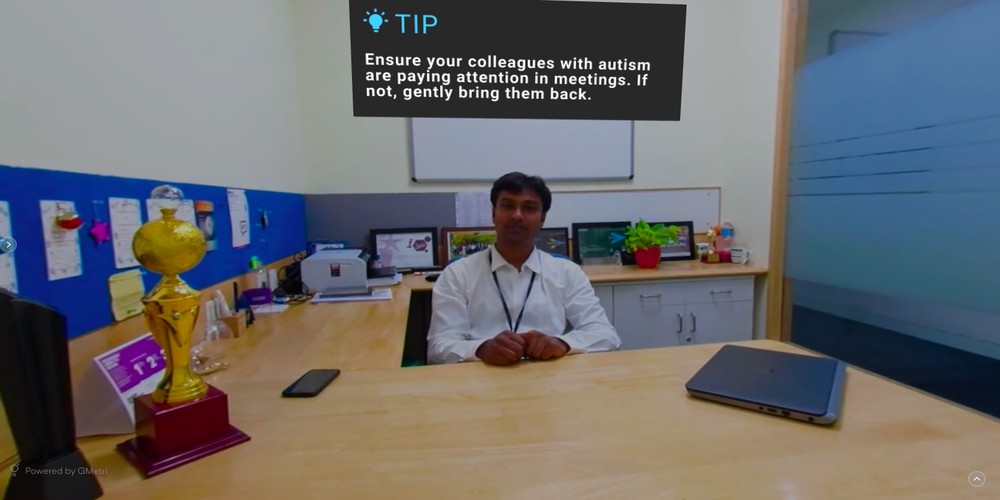
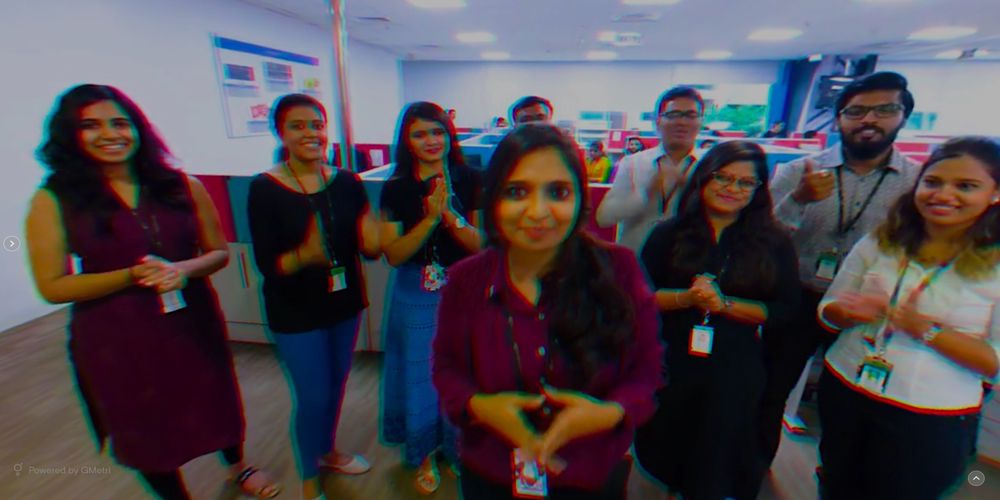
Benefits: The Human impact and the effect on the Bottomline
Large organisations with revenues of $43 billion dollars are tracking their performance in disability inclusion through Disability Equality Index. For any tangible change to be observed on the index, a company wide drive that addresses thousands of employees effectively must be instituted with employee training. Not only is it the more humane thing to do, direct benefits to profitability and value creation have been observed.
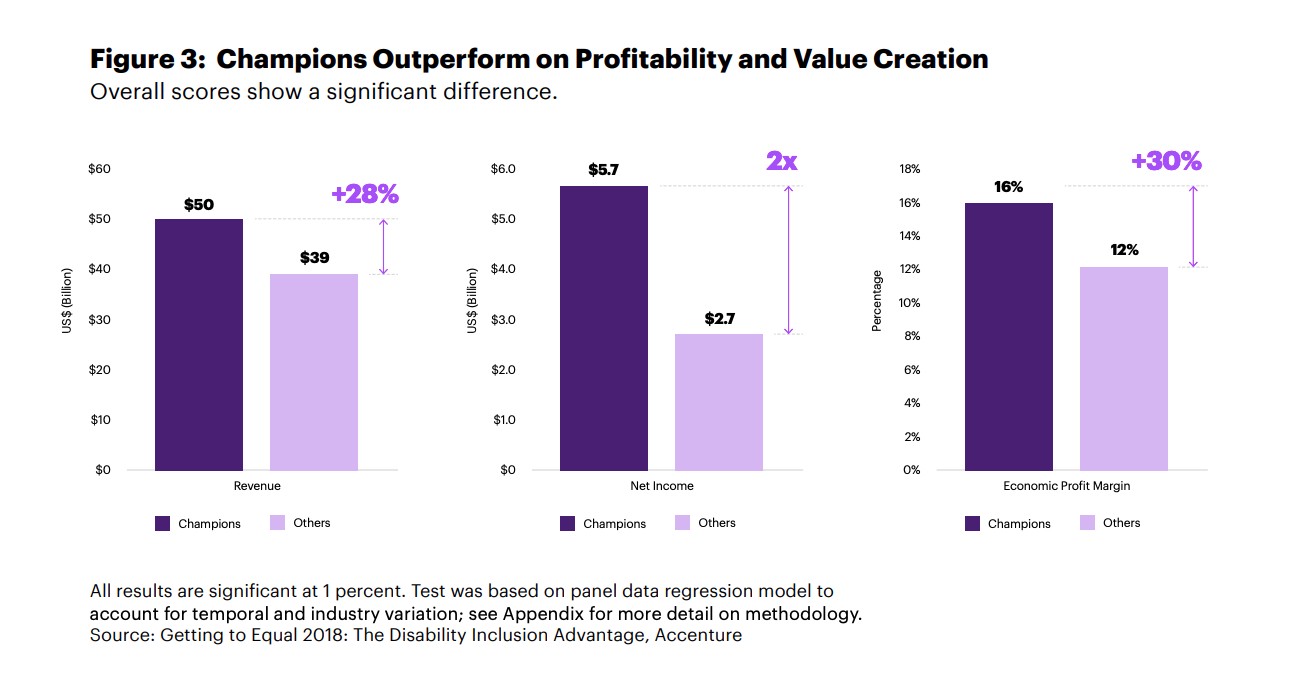
GMetri enables you to create such experiences easily without the need to code. We believe that awareness and knowledge sharing through VR will give your organisation that edge to go above and beyond in truly understanding and communicating correctly with the disabled members of our community.



